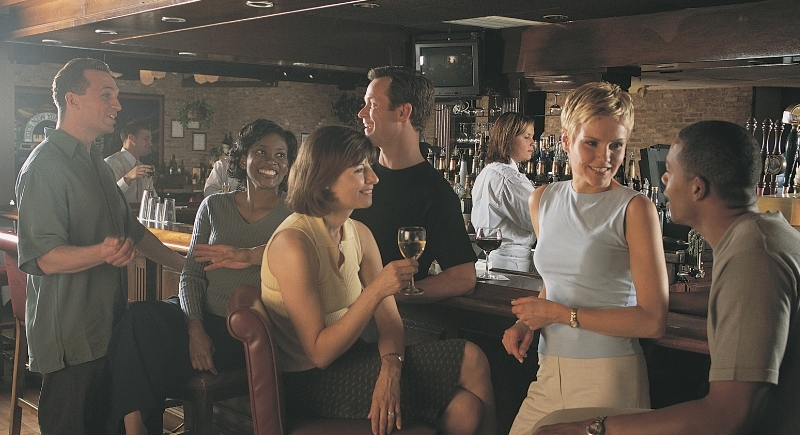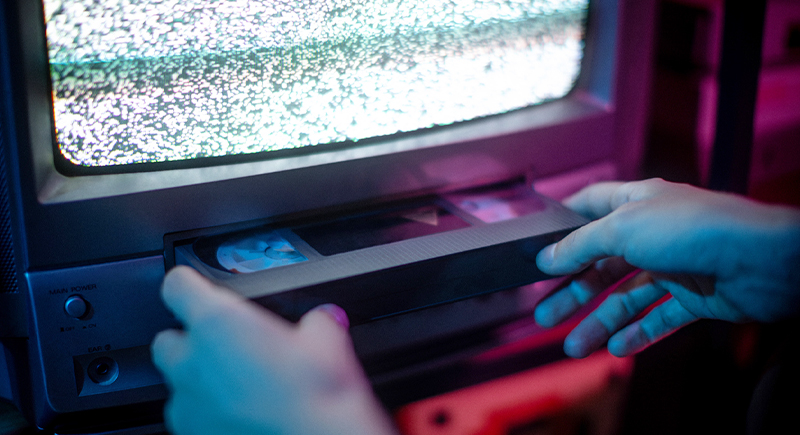10 Ways Dating Was Different Before Smartphones
Dating before smartphones feels like another lifetime. People depended on handwritten letters, landlines, pagers, dial-up internet, and a whole lot of blind faith. The setup was slower, and plans took work. Misunderstandings occurred frequently as well. The funny part is that everyone found a way to make it work, even if it meant waiting by the mailbox or standing in a phone booth with a billing meter flashing like a warning. Let’s reflect on how genuine effort shaped romantic connections long before constant notifications and apps altered the pace of everything.
Real-Life Plans Were Nonnegotiable

Credit: Canva
People met at specific locations at exact times with no way to check in if someone ran late. Missing a meeting could end a connection completely. Couples didn’t warm up through days of texting, so chemistry was judged in person, not through constant back-and-forth messages.
A Phone Call Actually Meant Something

Credit: Getty Images
Landline calls carried real weight because there was no simple way to recover a missed conversation. Calling someone’s home number could also mean speaking to a parent first, and you never knew who might be nearby while you talked. Early cell phones in the mid-1990s added mobility but were limited to voice calls, and texting had not become a routine part of communication. Conversations happened in real time, without drafts, edits, or back-and-forth messaging.
Parents Were Always Part Of The Situation

Credit: pexels
Teens handled strict surveillance by changing names in their contacts to avoid getting caught. Calls were paid by the second, so conversations stayed short. Messaging limits allowed only 100 texts per day, which meant someone had to ration every exchange.
Meeting Through Friends Ruled Everything

Credit: Canva
Most straight couples connected through mutual friends, a pattern that held steady from World War II through the early 2000s. Bars were the least successful place for long-term matches, and that hasn’t changed much.
Video Dating Was A Thing

Credit: iStockphoto
Studios offered video dating services. People paid to film short clips describing their interests, then browsed tapes of others in their age group. It worked like an early version of a profile without the endless scrolling.
Romance Had Real Logistics

Credit: iStockphoto
Public call stations and phone booths shaped communication in many countries. People stood in long lines and talked fast because the billing meter sped up quickly.
Traditions Shaped Every Step

Credit: Canva
In some countries, there were unique rituals like Valentine’s Day confessions, where women gave letters or desserts to their crush and waited until March 14 for an answer. Bangladesh treated February 13 and 14 as a two-day celebration with colorful outfits, folk songs, and handmade gifts. Taiwan kept karaoke dates popular, especially neon-lit KTV nights.
Dating Required Creativity

Credit: Canva
Surprises mattered more because phones weren’t stealing attention. You had to put together a personalized effort built around someone’s interests. Lovers wrote poems and prepared handmade gifts. They even saved up for movies because every gesture counted.
Misrepresentation Happened Offline Too

Credit: Getty Images
Catfishing stories hitting streaming platforms are common these days, but misrepresentation also showed up on early sites like Myspace and Match.com. By 2010, fake accounts spread across dating platforms, and by 2015, scammers cost people in the U.S. about $33 million.
Office Romances Weren’t Rare

Credit: Getty Images
Work played a significant role in dating, especially around 1990, when about 20% of spouses met at work or through coworkers. That rate fell to about 10% by the mid-2000s, partly because long work hours and digital tools pushed people to look elsewhere for connections.